 This essay introduces a topic I have been thinking about for a number of years. It also may allow me to connect the math impulse to a wider range of thoughts than just those based on math or even science.
This essay introduces a topic I have been thinking about for a number of years. It also may allow me to connect the math impulse to a wider range of thoughts than just those based on math or even science.
It all begins with the perennial question of “why” that drives our curiosity about the nature of things and how various situations came about, such as our physical universe, our biology, the origin of life, or historical events. The explanations are usually couched in terms of causal links: such and such happened because some other thing happened. In the physical sciences we think the causal links follow certain physical, chemical, or biological laws that we provisionally hypothesize. In the historical realm we think there are still causes, such as the physical environment (geography, climate, weather, etc.) or the imprint of individuals. But the historical chains of events are often disrupted by chance and coincidences, and some supposed links degenerate into imagined connections or associations.
In the future I plan to write a number of essays that explore and illustrate these ideas. See Causality, Chance, and Connections.
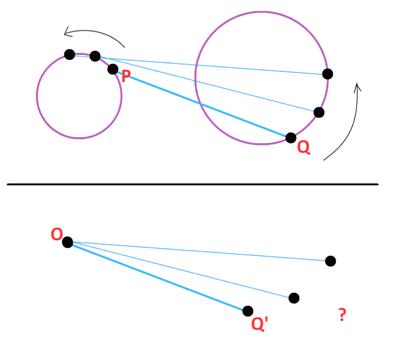 James Tanton had another interesting puzzle on Twitter.
James Tanton had another interesting puzzle on Twitter.
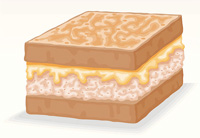 This is one the best articles I have read on gerrymandering regarding its political import, and of course it is by one of the most articulate mathematicians, Jordan Ellenberg:
This is one the best articles I have read on gerrymandering regarding its political import, and of course it is by one of the most articulate mathematicians, Jordan Ellenberg: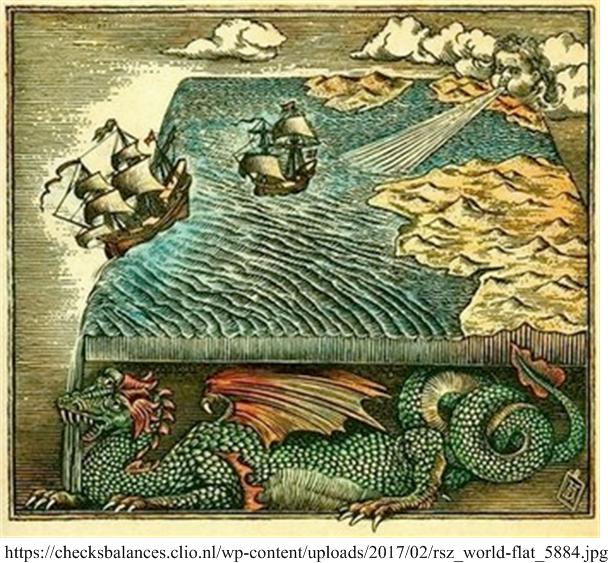 One of the all-time examples of chance intervening in history is Christopher Columbus’s putative discovery of America. Moreover, the legend of this discovery is filled with erroneous information that was traditionally foisted upon unsuspecting elementary school children. One of the most egregious errors was the assertion that Columbus was trying to prove the earth was round and not flat. I had a picture book when I was young that showed sailors tumbling off the edge of a flat earth.
One of the all-time examples of chance intervening in history is Christopher Columbus’s putative discovery of America. Moreover, the legend of this discovery is filled with erroneous information that was traditionally foisted upon unsuspecting elementary school children. One of the most egregious errors was the assertion that Columbus was trying to prove the earth was round and not flat. I had a picture book when I was young that showed sailors tumbling off the edge of a flat earth. This essay introduces a topic I have been thinking about for a number of years. It also may allow me to connect the math impulse to a wider range of thoughts than just those based on math or even science.
This essay introduces a topic I have been thinking about for a number of years. It also may allow me to connect the math impulse to a wider range of thoughts than just those based on math or even science.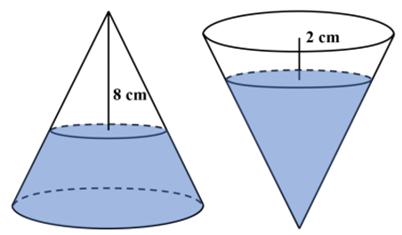 I was astonished that this problem was suitable for 8th graders. First of all the formula for the volume of a cone is one of the least-remembered of formulas, and I certainly never remember it. So my only viable approach was calculus, which is probably not a suitable solution for an 8th grader.
I was astonished that this problem was suitable for 8th graders. First of all the formula for the volume of a cone is one of the least-remembered of formulas, and I certainly never remember it. So my only viable approach was calculus, which is probably not a suitable solution for an 8th grader.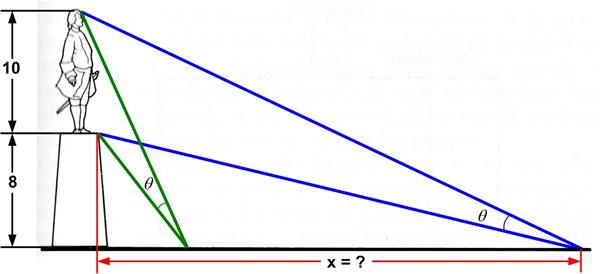 This is an old problem I had seen before. Here is David Wells’s rendition:
This is an old problem I had seen before. Here is David Wells’s rendition: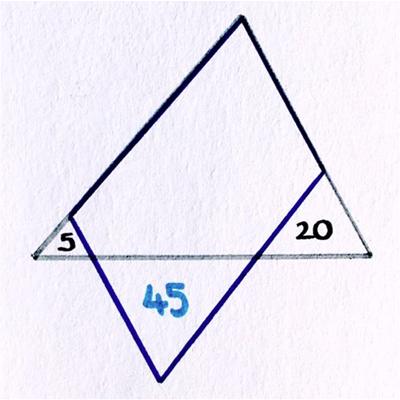
 A mathematics friend of mine just sent me this link to a 2017
A mathematics friend of mine just sent me this link to a 2017 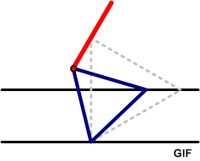
 Futility Closet presented a nifty method of solving the “counterfeit coin in 12 coins” problem in a way I had not seen before by mapping the problem into numbers in base 3. It wasn’t immediately clear to me how their solution worked, so I decided to write up my own explanation.
Futility Closet presented a nifty method of solving the “counterfeit coin in 12 coins” problem in a way I had not seen before by mapping the problem into numbers in base 3. It wasn’t immediately clear to me how their solution worked, so I decided to write up my own explanation.